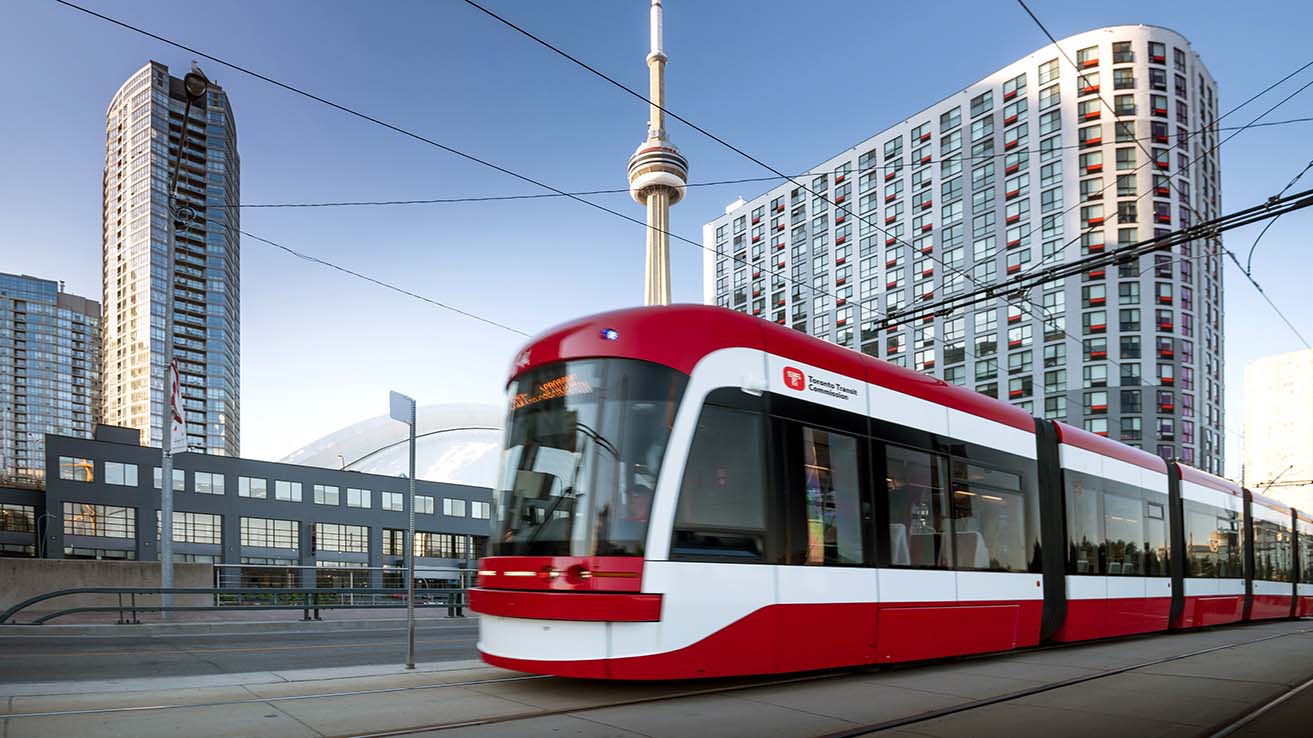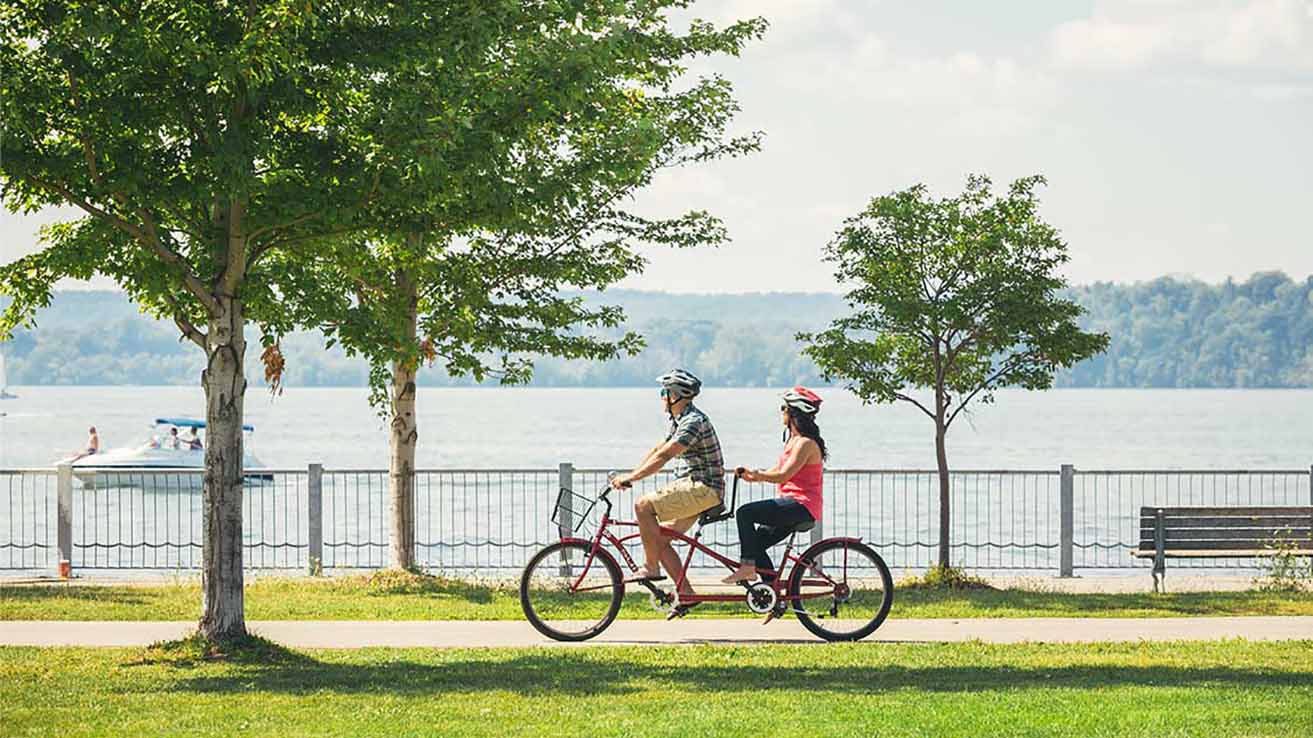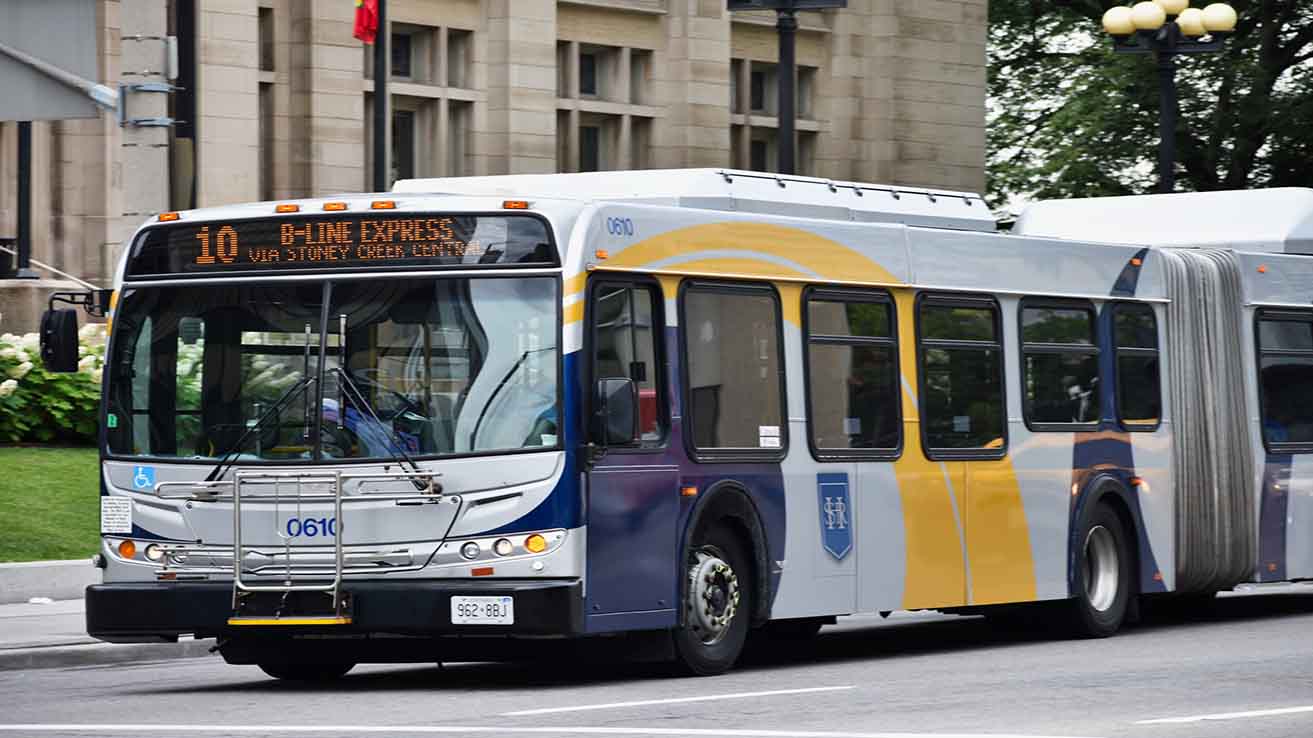When I first set foot in Toronto, I was overwhelmed. Not by the skyline — though the CN Tower piercing the sky left me in awe — but by the sheer size of the city. Toronto isn’t just big, it’s sprawling. Streets stretch for miles, neighborhoods feel like mini-cities of their own, and the downtown core hums with constant movement.
During my first visits, the biggest question wasn’t “Where do I go?” but “How do I get there without emptying my wallet?” Over time, I learned that Toronto’s transportation system is not only comprehensive but also full of opportunities to save money if you know where to look.
This article is a collection of those lessons — tips gathered from countless subway rides, long streetcar journeys, missed buses, and even late-night walks. I share them here because I know what it feels like to arrive in Toronto for the first time and wonder how to get around.
Understanding Toronto’s Public Transit: The TTC
The Toronto Transit Commission (TTC) is the backbone of the city’s transportation network. It operates subways, buses, and streetcars, and once you get the hang of it, you realize you can reach almost anywhere.
When I first boarded the TTC subway, I was struck by how straightforward it felt. There are four main lines, and they intersect neatly. The streetcars, iconic red and white vehicles, are slower but scenic, gliding past local shops and neighborhoods. Buses fill the gaps, stretching out to suburban corners.
The key to saving money? Presto Card.
Presto Card: My Secret Weapon
A Presto Card is a reloadable smart card that works across the TTC, GO Transit, UP Express, and several other regional systems. The first time I bought one, I was hesitant — it cost a few dollars upfront. But within a week, I realized it was the smartest investment I could make.
- Single Ride with Cash: CAD \$3.35 (and no free transfers).
- With Presto: CAD \$3.30, with a two-hour transfer window.
That two-hour transfer window is golden. It means you can hop on a streetcar, switch to a bus, and then take the subway — all on one fare. I’ve used that to explore neighborhoods like Kensington Market and Greektown in a single afternoon, paying only once.
Where to get it: I picked mine up at a subway station booth, but now you can also order it online at PrestoCard.ca.
Daily and Weekly Passes: Perfect for Visitors
On my first long trip to Toronto, I bought single rides every time. At the end of the day, I looked at my crumpled stack of paper transfers and realized I’d spent nearly CAD \$25 just on local transit.
Later, I discovered Day Passes and Weekly Passes.
- Day Pass: Around CAD \$13.50. Perfect if you’re exploring multiple neighborhoods in one day. I once used it to start at St. Lawrence Market, continue to the Royal Ontario Museum, and then end my evening at Harbourfront — all on one pass.
- Weekly Pass: Around CAD \$45. This is ideal for longer stays. On one trip, I used it to commute daily from my Airbnb in the west end to downtown events. By the end of the week, I had saved almost CAD \$30 compared to paying per ride.
The trick is to plan your days. If you know you’ll be hopping around nonstop, a pass pays for itself quickly.
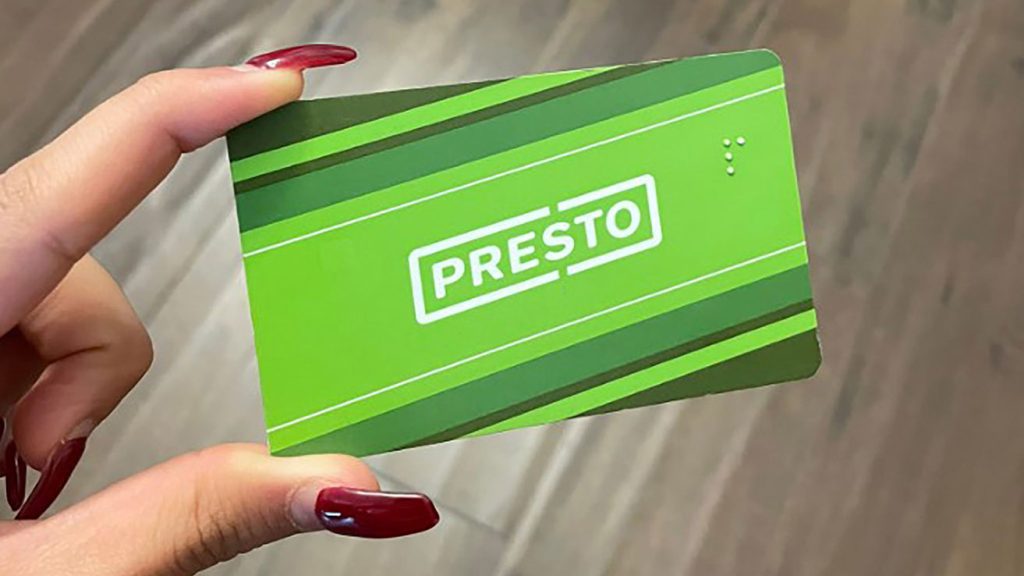
Taking the UP Express from Pearson Airport
Landing at Toronto Pearson International Airport (YYZ) is exhilarating but also daunting. The first time I arrived, I nearly jumped into a taxi without thinking — then I saw the flat fare to downtown: over CAD \$60.
That’s when I discovered the UP Express (Union Pearson Express). It’s a dedicated train that runs every 15 minutes between Pearson and Union Station downtown. The ride takes just 25 minutes.
- Cost: CAD \$12.35 with Presto, CAD \$12.70 without.
- Savings: Compared to a taxi or rideshare, you’re saving about CAD \$40–\$50.
I love the UP Express for its reliability. The seats are comfortable, luggage racks are spacious, and there’s free Wi-Fi onboard. I’ve used it after long-haul flights, and every time I feel a sense of relief when the train glides smoothly into Union Station.
Booking Tip: You don’t need to book in advance. Just tap your Presto Card at the station or buy online through UPexpress.com.
Streetcars: Scenic and Affordable
Toronto’s streetcars are more than transportation — they’re part of the city’s personality. My favorite is the 501 Queen Streetcar. For the price of a single fare, you can ride from one end of the city to the other, passing through downtown’s bustle, quirky shops in Leslieville, and eventually quiet residential neighborhoods.
It’s like a sightseeing tour without the tour price.
The trick is to use that two-hour transfer rule. Hop off when you see something interesting, explore, then hop back on without paying again.
Walking: The Cheapest and Richest Option
Sometimes the best way to save money is simply to walk. Toronto is surprisingly walkable, especially downtown. On one trip, I spent an entire day walking from the Distillery District to Kensington Market. Not only did I save on fares, but I stumbled upon hidden murals, cozy cafés, and street performers I’d never have seen otherwise.
Of course, walking has limits — winter in Toronto can be brutal. But during spring and fall, exploring on foot is as rewarding as it is economical.
Cycling and Bike Share Toronto
Biking in Toronto wasn’t something I considered at first. The traffic intimidated me. But then I discovered Bike Share Toronto, and my perspective shifted.
- Day Pass: CAD \$7 for unlimited 30-minute rides.
- Annual Membership: CAD \$99, a steal if you’re staying long-term.
The bikes are sturdy, and docking stations are everywhere downtown. I once rode from Union Station to the Harbourfront and then up to Chinatown, docking the bike whenever I stopped to explore.
It’s both budget-friendly and liberating.
Rideshares and Taxis: When They Make Sense
While taxis and rideshares like Uber or Lyft are usually the more expensive option, there are times when they’re practical. Late at night, when the TTC slows down, I’ve taken Ubers to save time and ensure safety.
My trick? Share rides. On several occasions, I’ve split an Uber with fellow travelers heading to the same area. Suddenly, a CAD \$30 ride turned into CAD \$10 each.
Regional Travel with GO Transit
If you want to save money exploring beyond Toronto, GO Transit is your friend. Trains and buses run to suburbs like Mississauga, Oakville, and even Niagara Falls.
One summer, I took the GO Train to Niagara Falls. The round-trip cost me just CAD \$30, far cheaper than a car rental. The train was clean, quiet, and on time.
Tickets can be bought with Presto, adding even more convenience.
Travel Booking Platforms for Added Savings
Transportation is just one piece of the travel puzzle. I’ve often combined my transit planning with bookings for flights, hotels, and restaurants. Here are platforms I trust:
- Expedia.ca: Great for bundling flights and hotels in Toronto.
- Booking.com: I’ve found deals on downtown hotels that saved me hundreds.
- Airbnb.ca: Perfect when I wanted to stay longer and save on food by cooking.
- OpenTable.ca: I use this to book Toronto restaurants, sometimes scoring discounts or special menus.
- Viator.com and GetYourGuide.com: Both have discounts on Toronto attractions, which pair nicely with transit savings.
By mixing smart transport choices with these platforms, my Toronto trips have become far more affordable without sacrificing comfort.
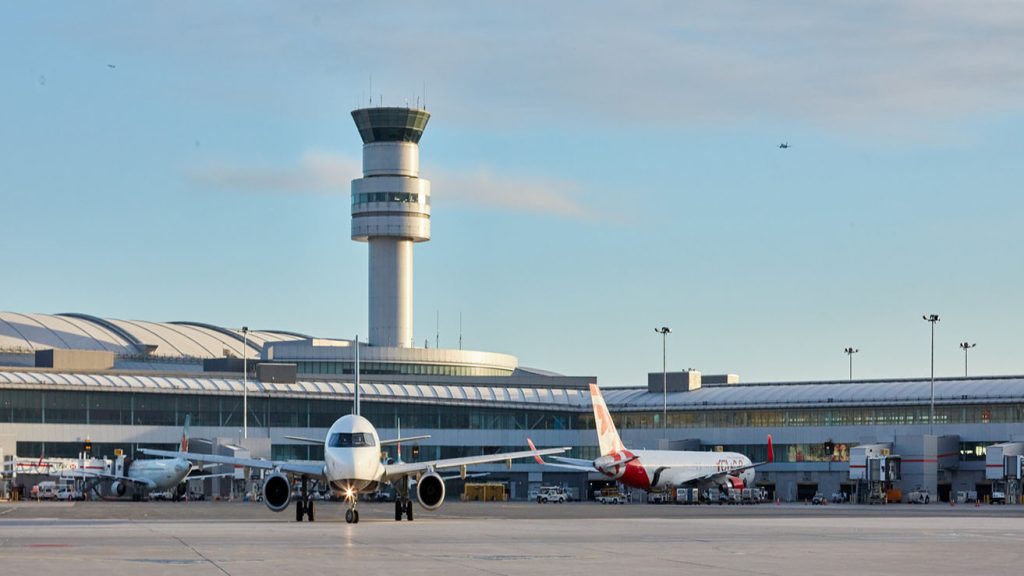
My Hardest Lesson: Don’t Ignore Transfers
I’ll never forget the time I boarded a bus, then a subway, then a streetcar, all on separate fares. I had no idea transfers existed. By the end of the day, I’d wasted nearly CAD \$15.
Now I always remember: with Presto, transfers are automatic. Just tap and go. That one tip has saved me countless dollars and frustrations.
Late-Night Travel Tips
Toronto is lively at night, but transportation changes after midnight. The subway shuts down, and buses take over as “Blue Night” routes. I once stood confused at 1:30 a.m., waiting for a subway that never came.
Here’s the trick:
- Look for buses marked with a blue “owl” symbol.
- They run every 30 minutes, and while slower, they’re far cheaper than paying for a rideshare.
Knowing this has kept me safe — and kept my wallet intact.
Thoughts While Riding the TTC
There’s something strangely comforting about riding Toronto’s transit late at night. The hum of the train, the lights flickering through tunnels, the mix of people heading home from work or nights out. I’ve often found myself reflecting during those rides: traveling in Toronto doesn’t have to be expensive. With a bit of knowledge, a Presto Card in hand, and some flexibility, you can navigate this massive city for surprisingly little.
And every dollar you save on transit? You can spend it on something more memorable — maybe a meal at a downtown restaurant, a ticket to a show, or even a weekend getaway booked through Expedia or Skyscanner.
Toronto is big, yes. But it doesn’t have to feel overwhelming. With these money-saving tips, it feels not just manageable but welcoming. Every bus, streetcar, and subway becomes part of the adventure.
